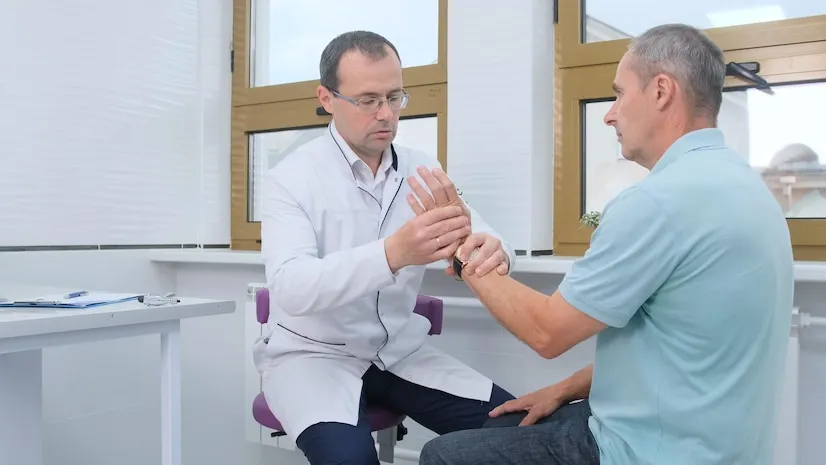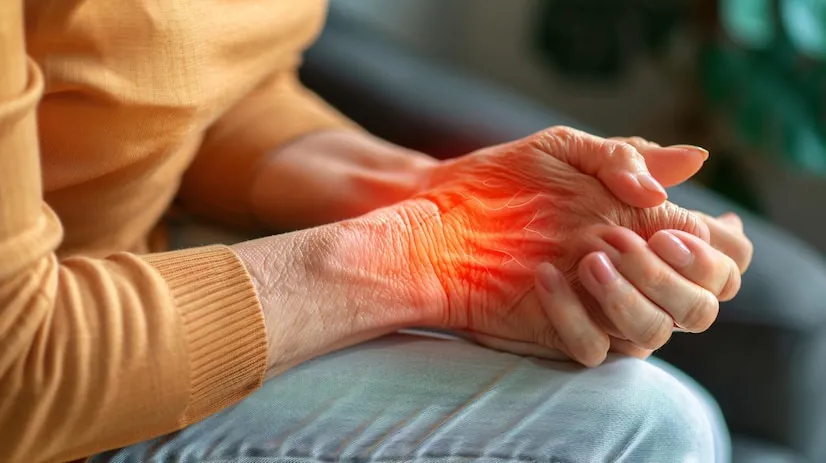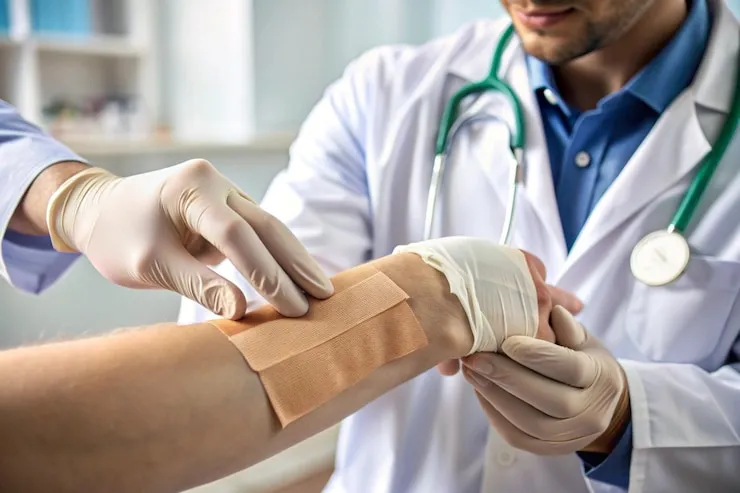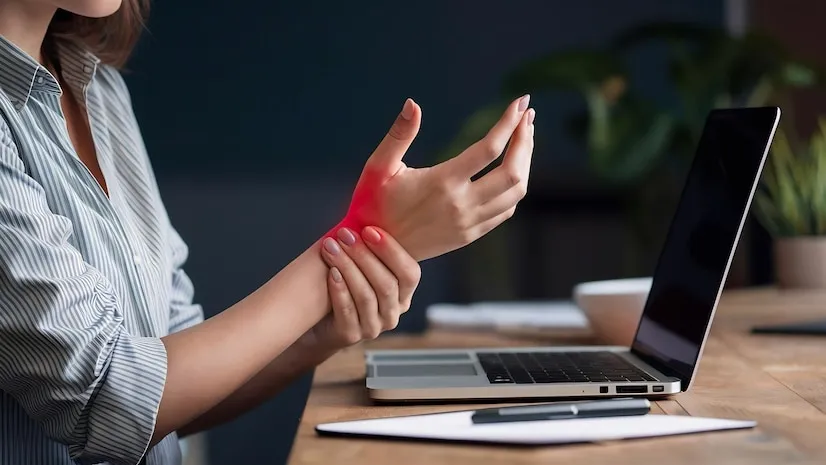
We individualize the treatment plan to your needs to provide the best care possible for you. Our goal is always to provide treatment that balances the fastest recovery possible with our patients’ overall health and wellbeing. Our most common wrist procedures include:
We approach Wrist Care with this mindset, customizing our treatment plan to you. Because we believe this is how to provide the best care possible. That’s what you deserve. We offer:


The hand has a complex structure that allows for a wide range of motion. Its functions include grasp and pinch. The wrist helps us flex and extend the hand and rotate the forearm.
Muscles and tendons control the movement, precision, and power of the wrist. These include:
The sense of touch in your hand comes from two main nerves:
An injury to either your hand or wrist can greatly impact your quality of life. Given that the hand alone consists of 27 bones in addition to muscles, tendons, and nerves, hand injuries are common.
